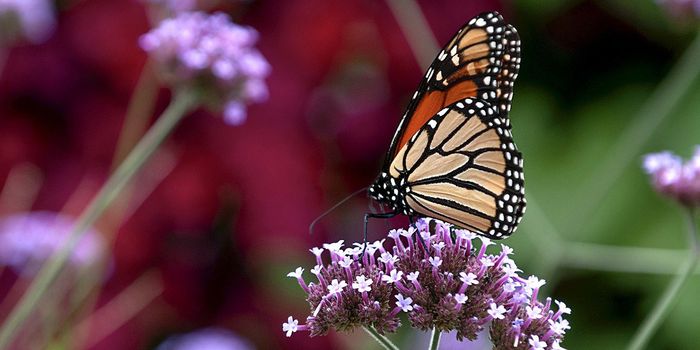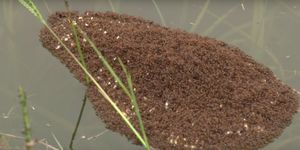Who doesn't love a fresh, delicious chocolate chip cookie? They've become a staple in kitchens since 1938 when they were invented by Ruth Graves Wakefield at the Tollhouse Inn in Whitman, MA. Changing up the classic recipe, however, even just a little, can result in a different kind of cookie. This is pretty much the same way scientific examinations work since the way an experiment is conducted will impact the outcome. Chewy cookies will result from the gluten that's formed when flour is combined with water. If you want a slightly nutty or caramelized flavor, inch up the oven a few degrees from 350 degrees to 375 degrees. This will burn the sugar just a little more and result in molecules forming that your tongue senses as different flavors.
If you like your cookies to be a bit higher and fluffier, add just a touch more baking soda. The gas bubbles created by the sodium bicarbonate will mean the cookie is higher but lighter. The scientific method is equally applicable in the kitchen or the lab. For example, the butter in chocolate chip cookies. It can be melted, softened or chilled, right from the fridge. Making three batches of cookies changing only the form of the butter is likely to result in several different kinds of cookies. In this video, a chef/science writer investigates the difference. Check out her results. Do you have a favorite cookie recipe or method? Let us know in the comments.








